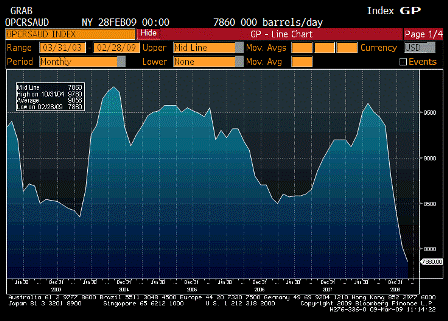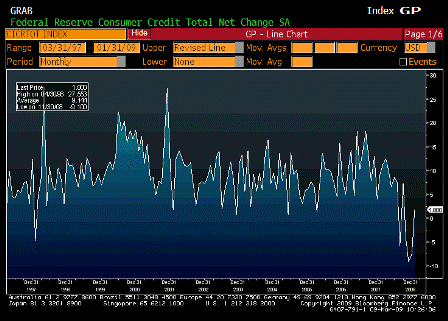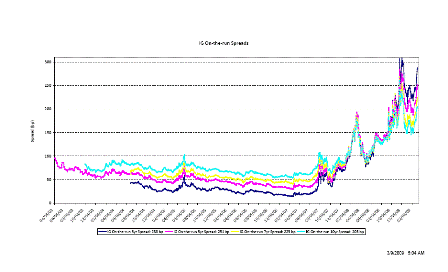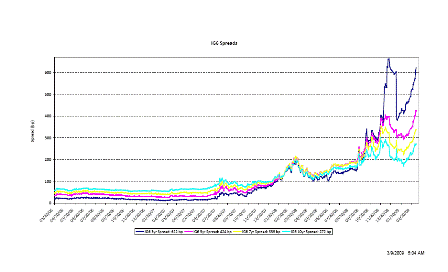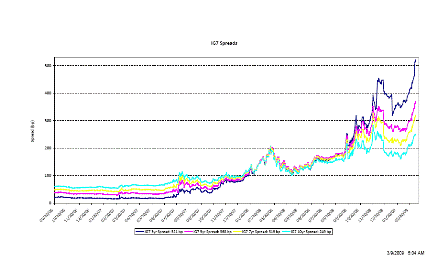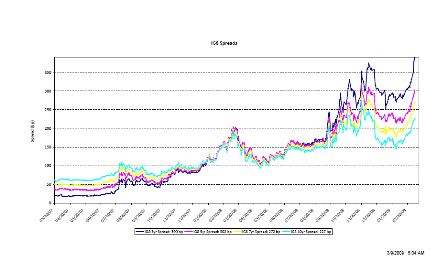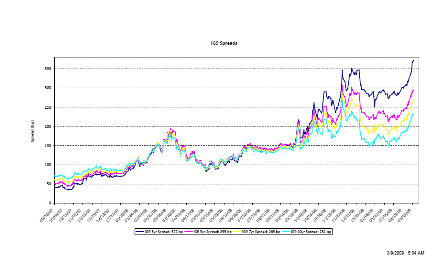The right tools have yet to be deployed:
- Lending to member banks on an unsecured basis (demanding collateral is redundant).
- Providing banks with term financing at rates set by the FOMC (mortgage rates, etc. can be directly set as desired).
- Prohibiting bank sales of financial assets (buy and hold only and no interbank markets).
Instead we have the results of a government that doesn’t understand its own monetary arrangements and has implemented policy that for the most part has made a difficult situation all the more difficult.
Feel free to distribute for comment!
Bernanke Says Fed to ‘Deploy All Tools’ for Economic Revival
by Steve Matthews
March 7 (Bloomberg) — Federal Reserve Chairman Ben S. Bernanke said the central bank will “forcefully†use every resource to restore financial-market stability and revive U.S. economic growth.
“We will continue to forcefully deploy all the tools at our disposal as long as necessary to support the restoration of financial stability and the resumption of healthy economic growth,†Bernanke said in prepared remarks for an event today in Dillon, South Carolina. The Fed chief returned to his hometown to attend a ceremony naming a highway interchange after him.
Bernanke didn’t comment on specific Fed policies in his remarks. He said he was aware Dillon now “faces challenges†with the economy in a recession.
[top]

